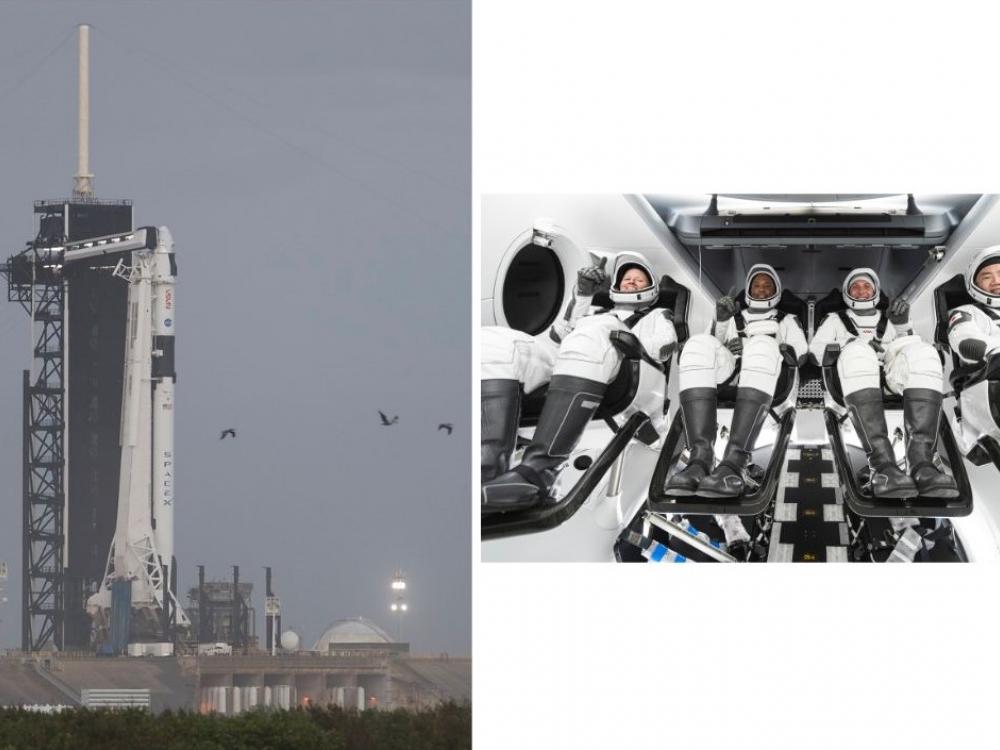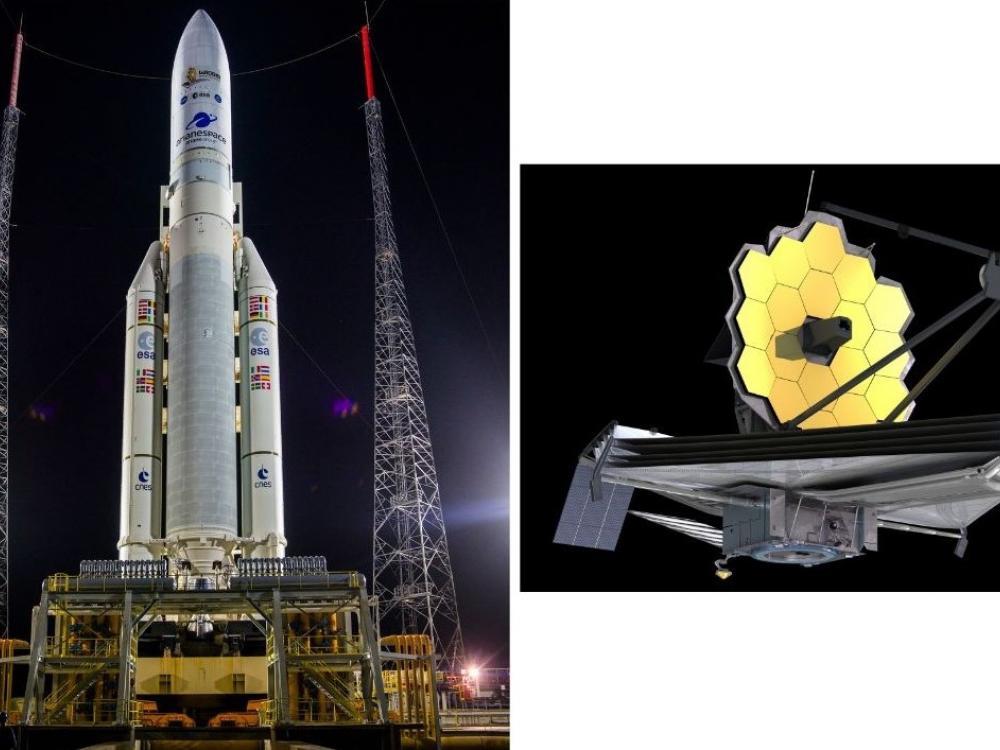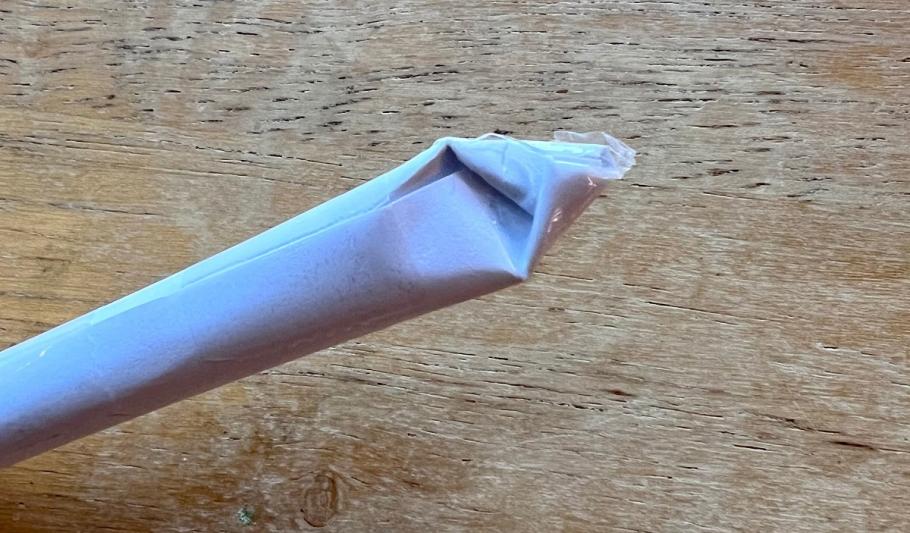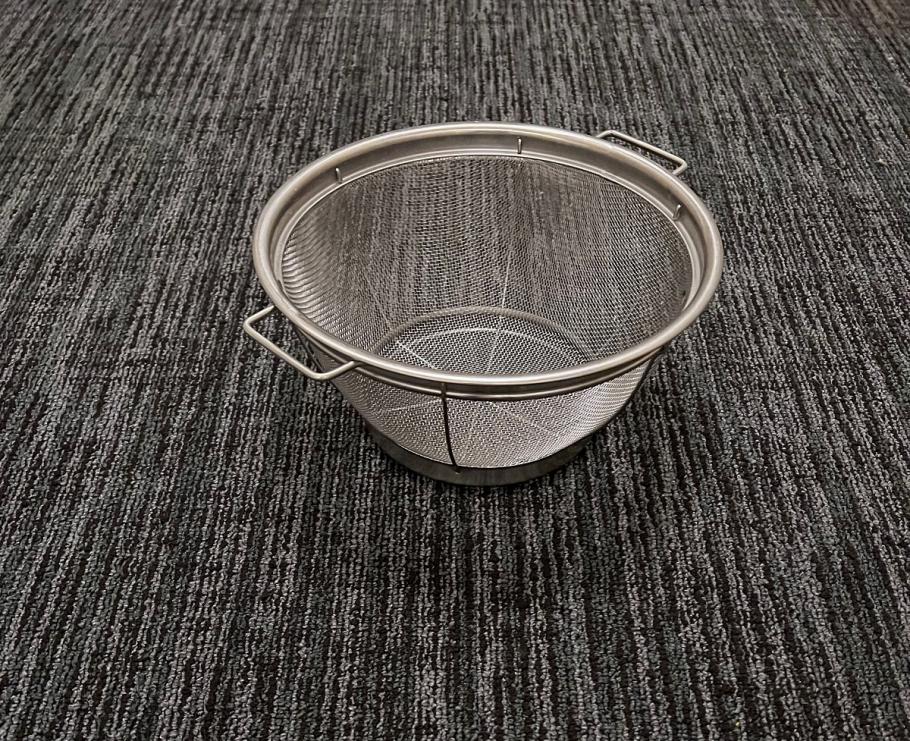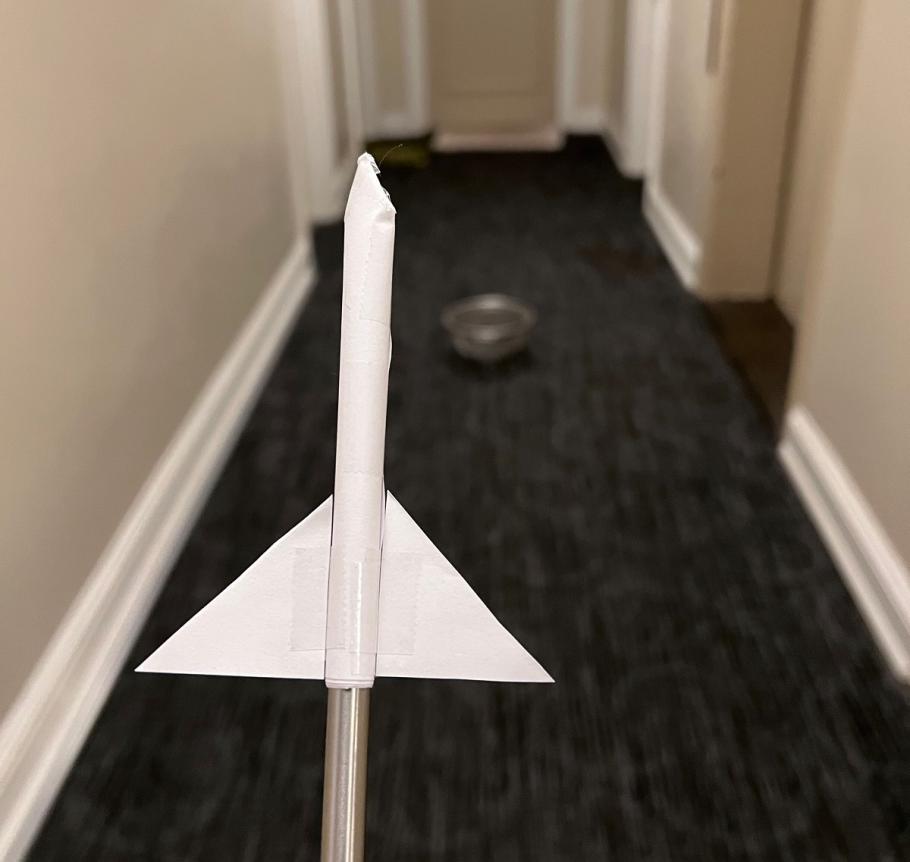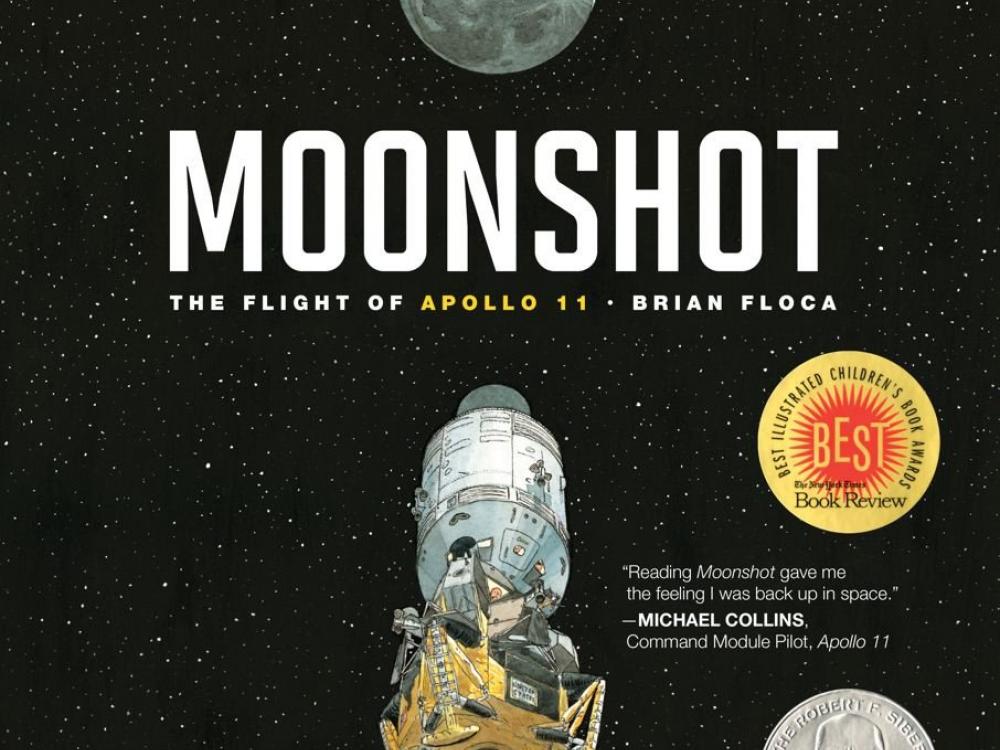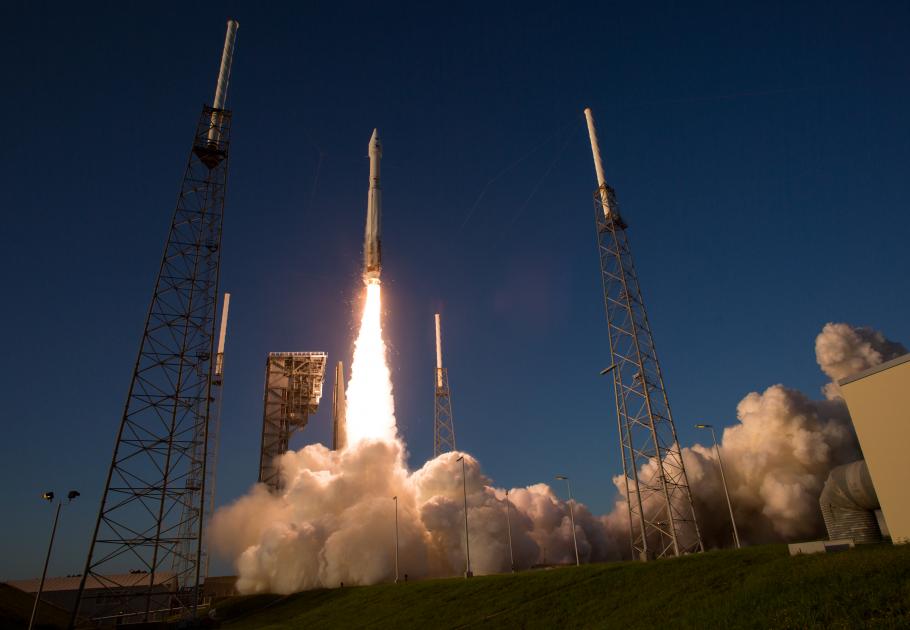Explore Outside
Here are some suggestions for exploring rockets in your area.
Rocket Launches to Space
Rocket launches are happening all the time by NASA and other groups. Depending on where you live, you can watch a rocket launch live and in-person.
If you can't be at the actual launch site, sometimes you can see rockets from miles away.
Check out these websites for dates of upcoming launches.
Launches in Florida
Launches in Virginia
Find a model rocket club near you
Take your interest in rockets a step further by connecting with a model rocket club at your school or in your area.
With model rocket clubs, you can build and launch rockets together.
The National Association of Rocketry map of clubs in the United States
American Rocketry Challenge
The American Rocketry Challenge is the world's largest rocket competition for middle school and high school students.
100 finalists will compete against each other for the title of National Champion on Saturday, May 20, 2023 at Great Meadow in The Plains, VA, about 50 miles west of Washington, DC.



